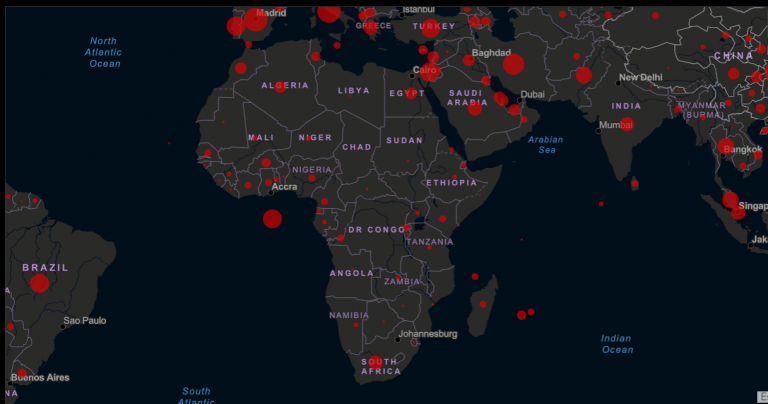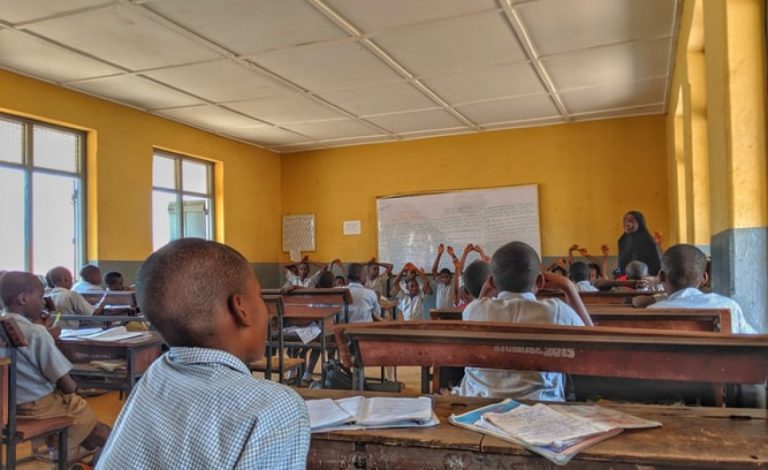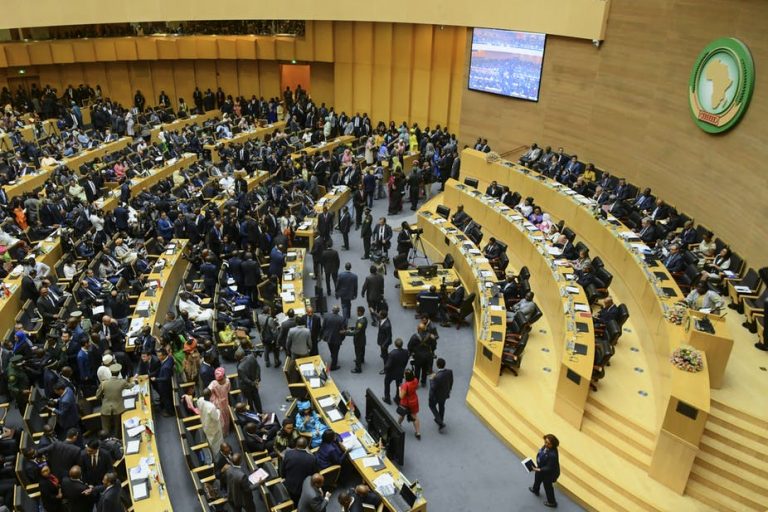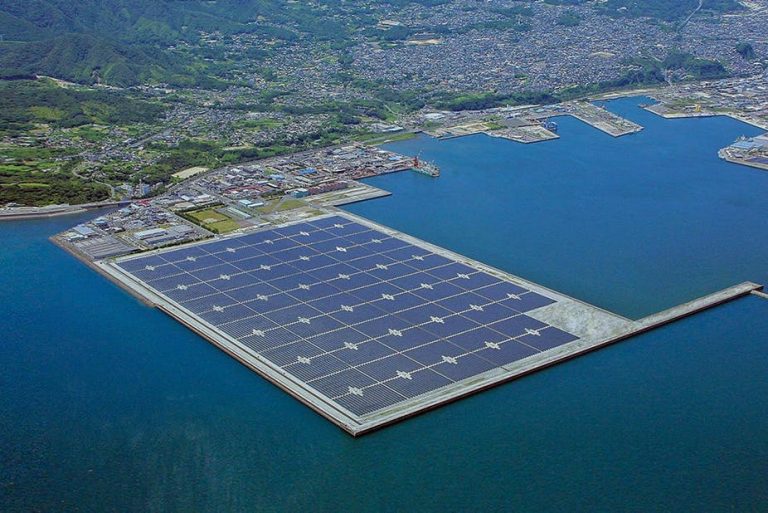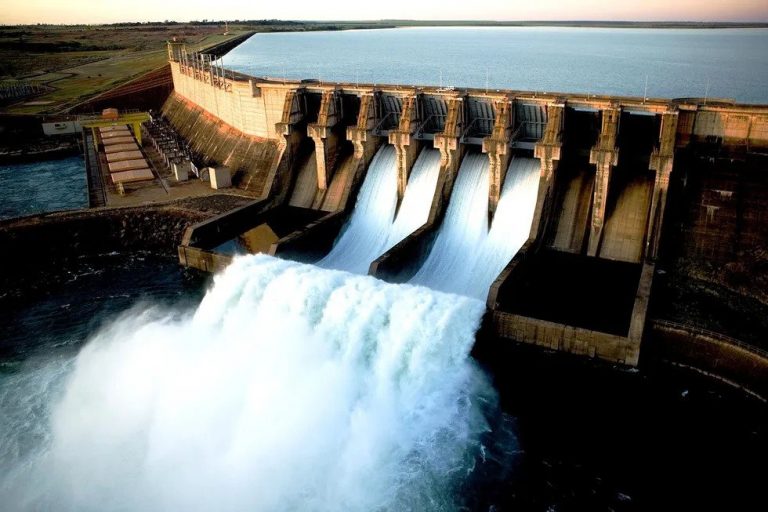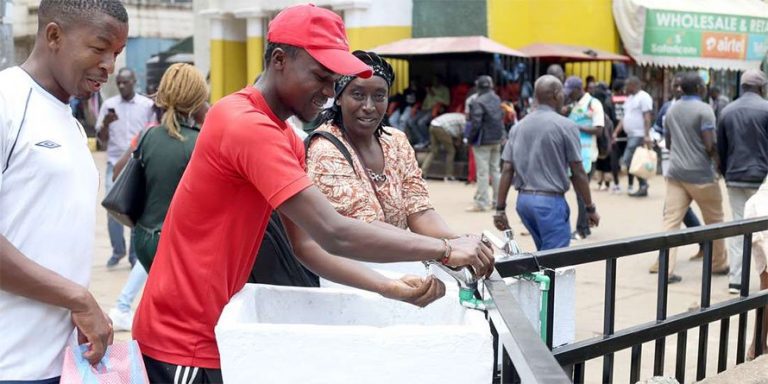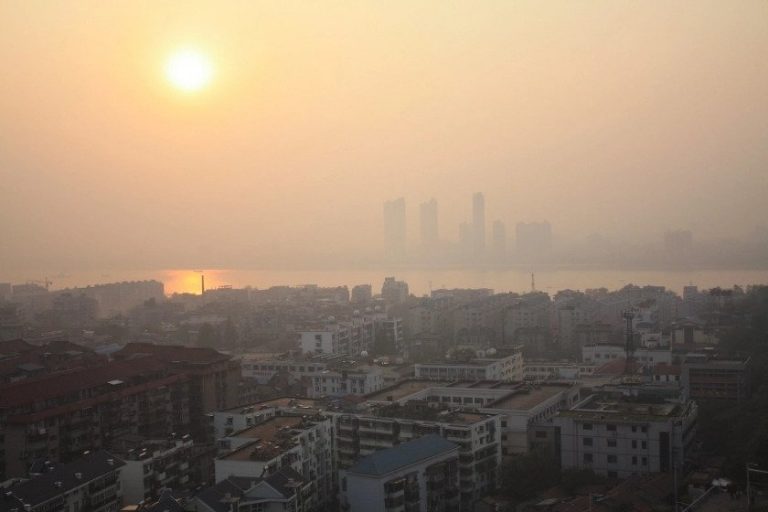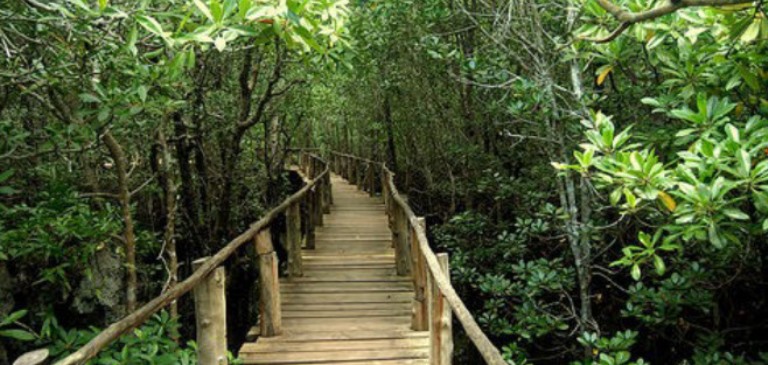The World Bank has rated Kenya, Ethiopia, Ghana and
Mozambique’s labour pool in hydropower as most qualified on the continent.
In a new report on operation and maintenance strategies for hydropower, the Bank gives special attention to the four African nations for their home-grown proficient skillset.
“Countries such as Ethiopia, Ghana, India, Kenya, Mozambique,
and Pakistan have developed the necessary education and skills and created
local workforces with experience in hydropower O&M (operation and
maintenance) that are trained and ready to be hired by an owner,
concessionaire, or operator,” said the World Bank in the report.
“The level of hydropower development, as well as the ability to develop robust curriculums on hydropower, are key determinants in the availability of skilled O&M staff on the local labor market.”
The report points out that the success of sustainable
hydropower operation and maintenance for a company with a fleet of hydro
stations depends on the quality of its employees (skills, knowledge, and
experience) and how well they are selected, trained, and managed.
The World Bank cites Kenya’s largest power producer KenGen as
a case study in the report, examining its organisational structure.
“KenGen—the publicly traded owner of most of Kenya’s power
generation—has, for example, adopted a typical O&M organisational structure
for public sector multi-facility managers,” it says.
“This structure can also be used for managing the O&M
functions of multiple plants located near one another, such as facilities in a
cascade on a river system. There’s centralisation of many corporate functions
that support hydropower O&M activities, such as human resource
administration, finance, procurement, legal, regulatory, ICT, security, and
transportation.”
KenGen operates a fleet of hydropower stations with an
installed capacity of 818MW, including the Seven Forks cascade on Tana River
comprising a chain of hydropower stations.
The
International Hydropower Association (IHA), which contributed to the report,
ranks Kenya 14th
largest hydropower producer in Africa. Ethiopia is the top hydropower producer
on the continent with an installed capacity of 3,822 MW.
Second
is South Africa (3,595 MW), followed by Egypt (2,844 MW), DR Congo (2,593 MW)
while Angola is fifth.
Overall, Africa’s existing hydropower plants can deliver 36GW
(36,000MW) of installed generation capacity, according to IHA.
At
36GW, Africa’s share of hydropower represents 2.8 percent of the world’s total hydro
capacity of 1,290 GW.
Majority hydroelectric plants in Africa are impoundment projects with dams to store
river water in a reservoir. Water released from the reservoir flows through a
turbine, spinning it, which in turn activates a generator to produce
electricity. The rest are run-of-river plants also known as diversion
facilities where a section of a
river is channeled through a canal or penstock in the absence of a dam.
Hydropower is currently the largest renewable energy source,
accounting for 62 percent of the world’s renewable energy generation, ahead of
wind (21 percent) and solar photovoltaic (seven percent), according to the
World Bank report.
“Hydropower is recognised for providing a wide range of
grid-support services, such as energy storage, climate adaption, load
following, and system inertia. It is also a low-cost and sustainable source of
energy. The ability to dispatch hydro generation when needed and its
flexibility of operation mean that it can facilitate grid integration of
intermittent wind and solar generation and other non-dispatchable generation, through
balancing services,” says the report.
A key distinguishing feature of hydropower is its potential
longevity. A hydropower facility can operate for 100 years or more, compared
with 20–30 years for most other generation technologies. Nearly half of the
world’s hydropower capacity is over 30 years old and many facilities are over
100 years old. Proper operation and maintenance has a hand in a plant’s
longevity.
“There are many hydropower facilities that have operated
since the late 19th and early 20th centuries. Most of these facilities have
been modernised to some extent over the years, but much of the original civil
works and structures remain unchanged, and turbine scrolls, draft tubes, and
other heavy equipment may still be in service. This exceptional longevity is
unique to hydropower,” the World Bank says.
“However, good O&M practices are critical to maintain
this longevity. Facilities that are continuously maintained in good condition
can operate for decades without major work, whereas plants that are allowed to
deteriorate require constant attention and frequent major refurbishment.”
The International
Hydropower Association (IHA) recently launched a sustainability fund to trigger
hydropower project developers in Africa, Asia and Europe into sustainable
practices.
The Hydropower Sustainability
Environmental, Social and Governance (ESG) Assessment fund will award a $1 million (Sh100 million) grant to
hydropower projects.
Successful recipients would be required to commission an independent project assessment using the hydropower Sustainability ESG Gap Analysis Tool (HESG). The tool provides an action plan to help investors identify and address gaps, benchmarking against international good practice.
Read also: The Role Of Water In Fighting Climate Change



